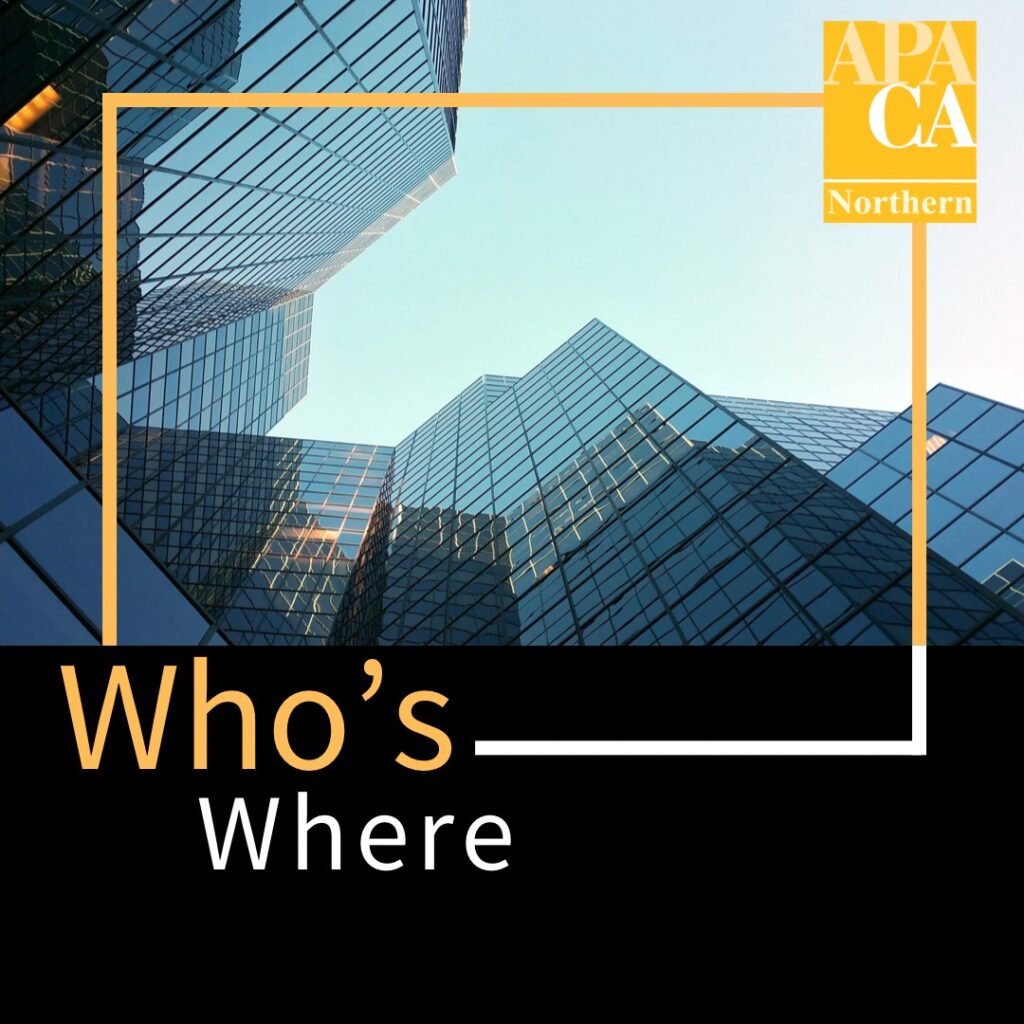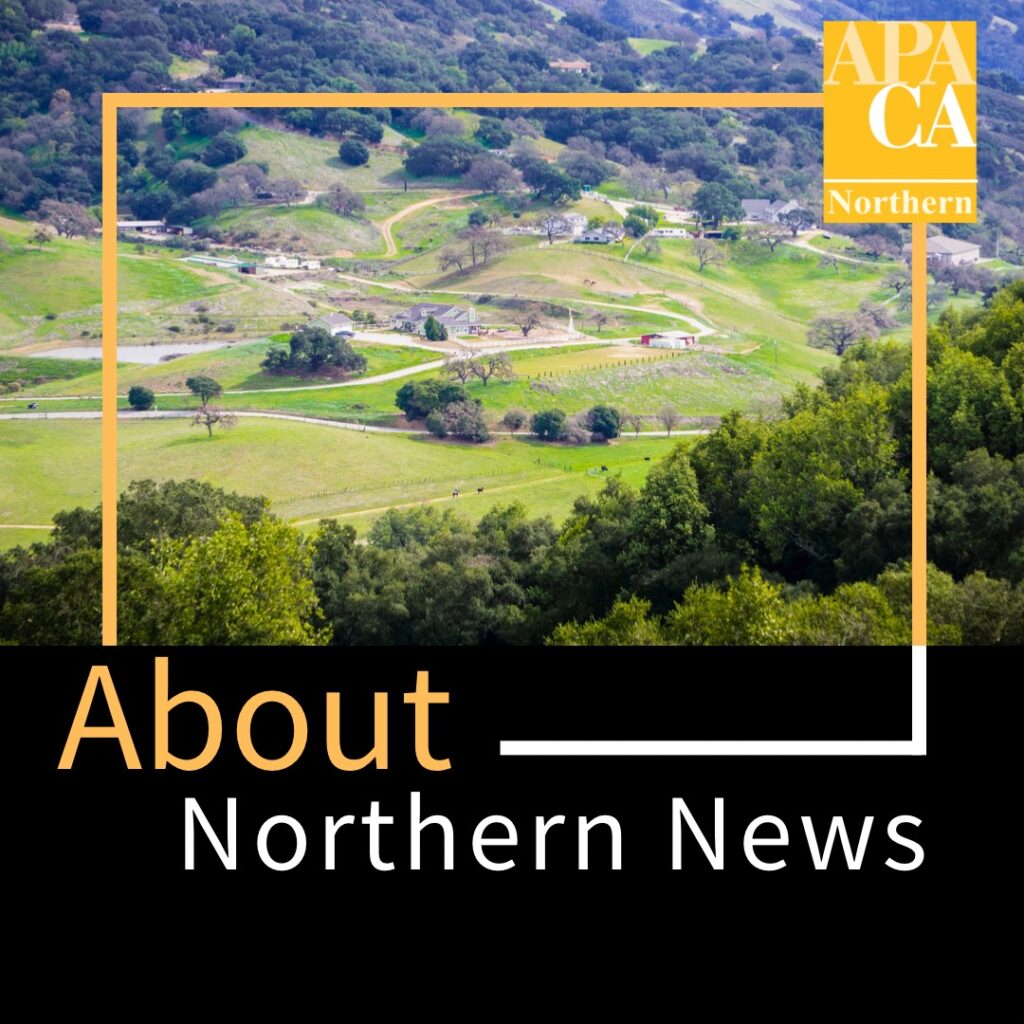featured Articles
Exploring Oakland by bike
By Tom Holub, May 3, 2019. I love how cycling changes my experience of moving through the city, and I love sharing that experience with others. The idea of an urban geography tour is to help participants gain greater understanding of the city and its planning issues. This tour began by riding on Oakland’s first protected bike lanes …
Diversity, inclusion, and equity — a focus of NPC 19
By Elizabeth “Libby” Tyler, Ph.D., FAICP. NPC 19 was our first opportunity to roll out the (now formally ratified) Planning…
Diridon to Downtown: Strengthening San Jose through wayfinding
By Andrea Arjona, Richard Boggs, Anthony Nachor, Carolyn Neer, and Mindy Nguyen. The community around Diridon Station shares the aspirations…
Northern Section 2019 Awards announced
The results are in! Come celebrate the best of Northern California planning at our Awards Gala on Friday, June 7,…
Here’s your guide to the June issue
Our articles and photos are arranged by Featured articles, Where in the world (photo), Northern Section, and Planning news roundup.
Northern Section News & Announcements
New: Bay Area Equity Atlas
In the middle of your planning career? We want your ideas!
BAPDA’s Spring Meeting: The Housing Legislation Frenzy
SJSU’s 2018 and 2019 “Brazilian Urbanism” students reunite
Registration is open for APA California’s 2019 Conference
What draws people to Downtown San Jose?
LETTERS
2019 Northern Section Awards Gala June 7
pLANNING nEWS rOUND uP
where in the woRLD? MEMBERS SHARE EXPERIENCES FROM NEAR AND FAR

SPONSORS













